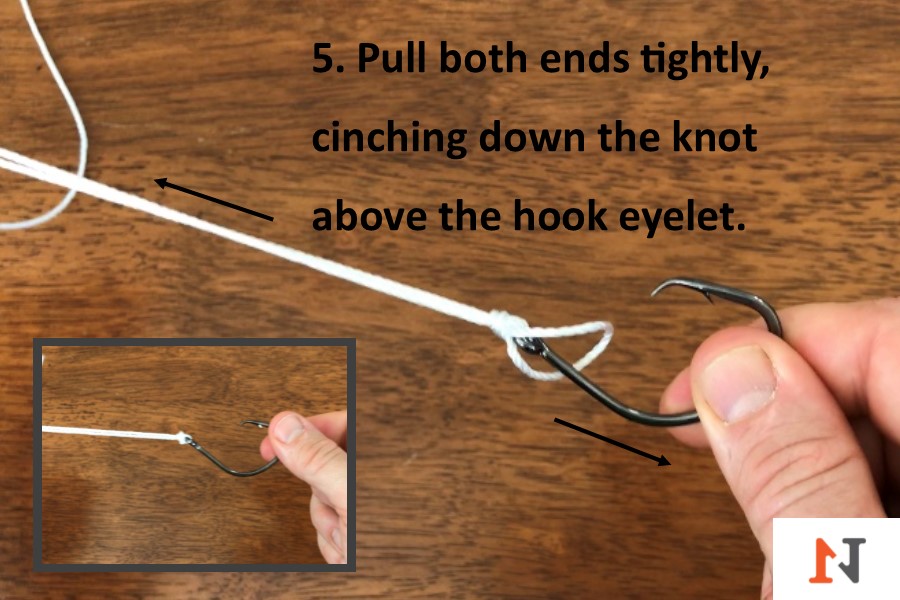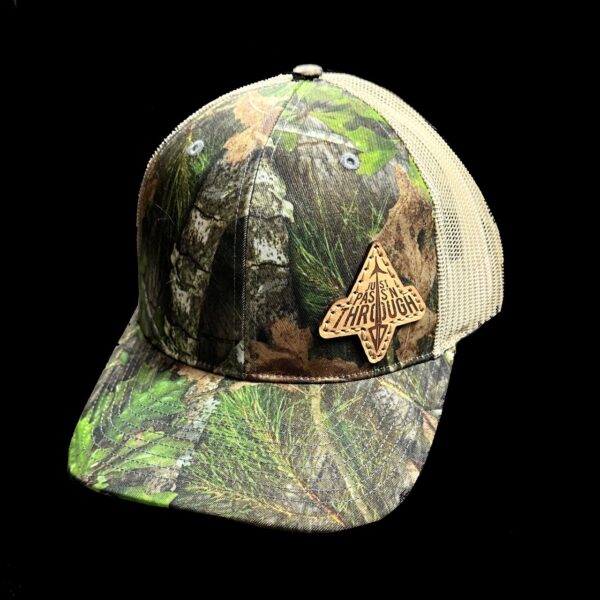Epizootic Hemorrhagic Disease (EHD) and Chronic Wasting Disease (CWD) are the two biggest diseases that can impact your deer herd, but more specifically, your mature bucks.
If you have never heard of either one, let me give you a quick summary.
Before moving on to the specifics of EHD and CWD, here is a table to explain the differences between the two:
| EHD | CWD | |
| Caused by: | Virus | Mis-shaped prion protein |
| Mortality when contracted: | 5-50% | 100% |
| Duration of clinical illness: | 24 hrs to several weeks | 18-24 months, followed by death |
| Antibodies produced: | Yes | None yet |
| Long-term herd effect: | Build up Immunity, herd rebounds | Unknown, but might lower herd productivity if prevalence gets too high. Mature males harder to grow. |
| Geographic range: | Almost entire lower 48 | Parts of 24 states and 2 Canadian Provinces |
| Human health impact: | Cannot infect people | No evidence of human health impacts |

Mature bucks may be hard to come by once CWD gets a foothold in the deer herd.
EHD | The Specifics
EHD is in the same group of viruses as Bluetongue (BT) Virus and because clinical symptoms are similar between the two, they are generally clumped together and called Hemorrhagic Disease.
EHD and Bluetongue viruses are transmitted by a biting midge, usually in late Summer or early Fall but can also occur in the Springtime.
Clinical symptoms are highly variable. Initial symptoms include a feverish state where some animals can lose their fear of humans.

CWD can devastate what used to be a healthy deer herd.
There was a video of a buck that went viral because it stumbled through a burning campfire on its way to drowning itself in a river, all while people stood around wondering what the heck was going on.
Deer with EHD may die within 1-3 days after getting bitten if they have no immunity to the strain of virus that has infected them.
As deer attempt to relieve their fever, they often become dehydrated and will be found near water.
Once a hard frost hits the landscape, the threat of further EHD outbreaks is complete for that growing season, but as soon as midges come back in the spring there is a chance for further outbreaks.

This is a map from the Southeastern Cooperative Disease Study showing where EHD has been found across the US from 1980-2015:
CWD | The Specifics
Chronic Wasting Disease (CWD), on the other hand, is caused by a protein that changes its shape to a non-functional version. This prion protein normally resides all over the body, but is concentrated in the lymphatic system, brain and spinal tissues.
Infected deer show no clinical symptoms for up to 18 months but are capable of spreading prions even before they show any outward sign of illness.
In the later stages of the disease, animals lose coordination and become lame. They also lose their appetite and fear of humans. They are typically found with dropping ears and head in a lower position.

In areas where CWD prevalence is above 50%, mature bucks stand a higher chance of contracting the disease and dying.
CWD has gotten a lot of press lately because of the concern to potentially impact humans, whereas EHD poses no direct threat to humans.
Notice how I said ‘potentially’ impact? That’s because there’s currently no evidence that it will impact humans, but that doesn’t mean it will always be that way.
CWD is in a group of diseases known as Transmissible Spongiform Encephalopathies and in that same group of diseases is one that infects humans, called Creutzfeldt Jakob Disease (CJD).
A variant Creutzfeldt Jakob disease (vCJD) can be acquired by eating meat from cattle infected with a similar disease called Bovine Spongiform Encephalopathy (BSE), also known as Mad Cow Disease.
The fear is that one day humans will someday be susceptible to CWD, even though that day has yet to come. That’s because all animals carry some type of prion protein, but a major difference is that the human prion protein has slightly different amino acid structure than deer.
There has also been recent concern that CWD can be transmitted to macaque monkeys, which are genetically much more similar to humans, but that information has yet to be published in scientific literature.
What causes the normal prion protein to change into the mis-shaped disease state remains uncertain, although there are many theories about how this could happen.

Here is a map from the USGS showing the distribution of CWD across North America.
EHD Compared to CWD
The take home point is that both EHD and CWD can impact deer, but EHD is less of a long-term concern with your deer herd, because the more a deer herd is exposed, the more immunity it can build up.

Bucks have a greater chance of spreading CWD to the herd because the mutually groom each other while in their bachelor groups during the summer months. (photography by Jeff Coldwell)
CWD, on the other hand, progressively gets worse until mature bucks are almost impossible to grow on the landscape because they become infected and die before they can reach the older age classes.
This phenomenon is rare because CWD prevalence is low across most of the range of white-tailed deer, but can occur in certain areas where the prevalence is above 50%.
That means the chance of a buck having CWD would be the same as flipping a coin to heads, and if you see a buck older than 3 years old in that area, they are more and more likely to contract it and die before reaching 6 years old.
This is because mature bucks move about the landscape more often than females, especially during the breeding season.
Bucks also mutually groom each other in bachelor groups during the summer months, so they have more opportunity to spread the disease than female groups, which tend to keep a more consistent home range throughout their lifetime.
-

N1 Outdoors® Spring Showman™ Turkey Tee
Price range: $26.99 through $32.99 Select options This product has multiple variants. The options may be chosen on the product page -
Sale!

N1 Outdoors® Whitetail Sugar Skull Tee (Black/Columbia Blue)
$19.00 Select options This product has multiple variants. The options may be chosen on the product page -

N1 Outdoors® Block Logo Tee
Price range: $22.99 through $24.99 Select options This product has multiple variants. The options may be chosen on the product page
How to limit EHD In Your Deer Herd
So, what should you do as a hunter to help prevent the spread of EHD on your hunting property?
- If you have a pond edge, plant vegetation that can withstand moist soil right up the edge of the water.
- Spread quick growing seeds like rye grain on areas of a creek bottom that have been exposed to flooding and try to reduce the amount of mud exposed.
- Fogging for insects around ponds on a still morning may also reduce adult populations thus limiting the spread of disease.
- You can also keep your herd healthy by supplemental feeding and using minerals. Ani-Logics Outdoors has produced a health additive for their feed and minerals that can increase immune system function. When the immune system is firing on all cylinders, the deer that gets bitten by an infected midge has an increased chance of survival. Those that are in poor bodily condition when bitten by the midge have a much higher chance of dying.
How To Limit CWD
As for CWD, the best thing you can do to prevent the spread is not to move the carcass of deer harvested in a CWD area. Also, dispose of the remains in a state approved landfill or incinerator.
If you harvest a trophy buck in a CWD area, make sure the taxidermist you use is local, and make sure they properly dispose of the brain and spinal cord tissue without putting it back on the landscape.
If everyone hunting deer in a CWD area removed all the CWD positive carcasses off the landscape, prevalence would remain low enough that no population level concerns would ever occur.
There would be no way to eliminate the amount of prion proteins already deposited on the landscape, but at least we wouldn’t be adding more fuel to the CWD fire by always putting more diseased prions in the woods.
If you hunt in an area that is not known to have CWD, you should still get your deer tested because deer have been known to make very long excursions outside of their normal range.
Here in Minnesota, the DNR recently tracked a collared deer that made a 75-mile one-way trek. Thankfully it was not CWD positive at the time, but if one deer did it, that means other can as well.
Best of luck in having a healthy deer herd!
*deer skull article photo used by permission from Brad Alan

































